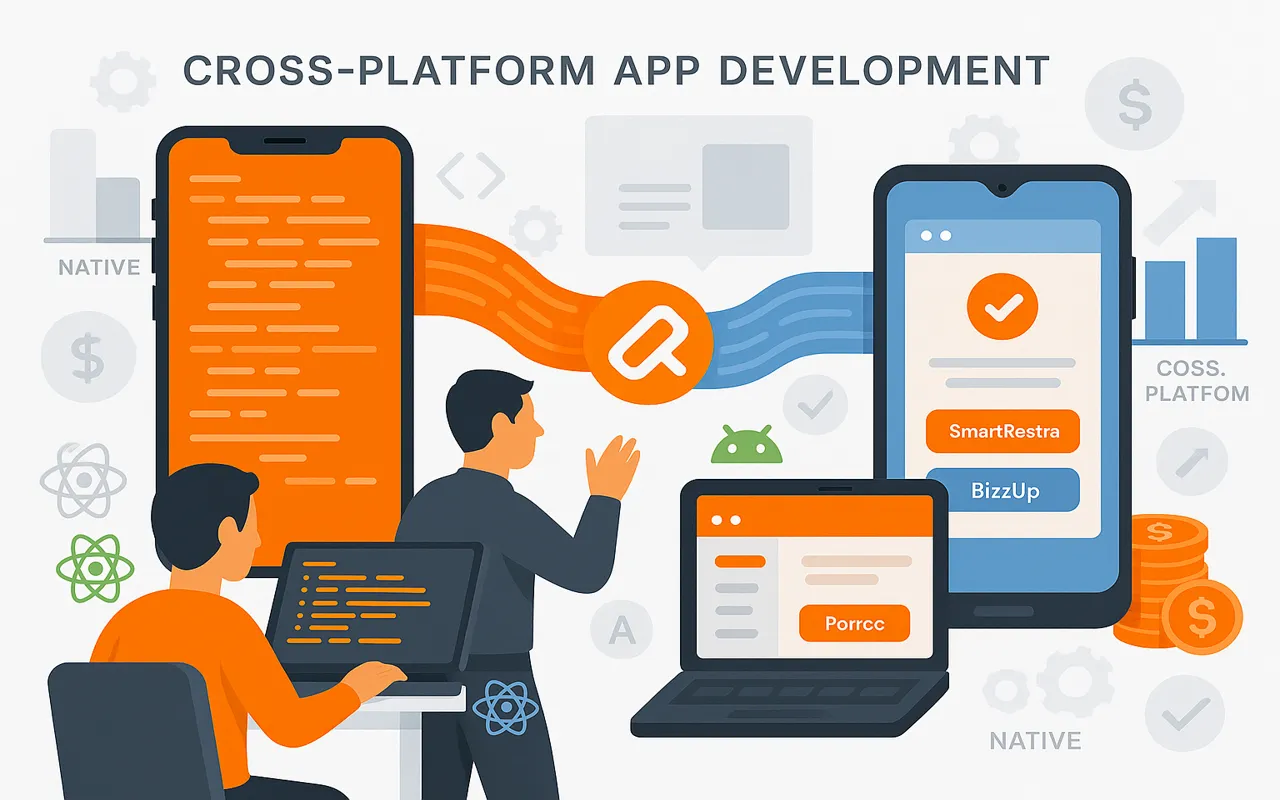How to Design Scalable Cloud-Based Software
In 2025's hyper-connected world, building software that can scale effortlessly isn't just an advantage—it's a necessity. Discover the proven strategies we use at ALS Startinnovate to create cloud-native systems that grow with your business. Design components to not store session data locally. We implement this in BizzUp's social media tools for horizontal scaling. Implement event-driven architecture like we do in WhatsM for WhatsApp message processing: Combine strategies for optimal performance: Kubernetes has evolved with: Advanced deployment patterns: Beyond Lambda functions: Essential for SaaS like MiniWebOnline: We help startups avoid over-provisioning: For non-critical workloads in WhatsM: Design your architecture to run on multiple cloud providers to leverage the best pricing and avoid vendor lock-in—a strategy we implement for our BizzUp platform. Whether you're building the next generation of SaaS products like our SmartRestra platform or custom enterprise solutions, our team at ALS Startinnovate can help architect systems that scale effortlessly. In 2025, scalability isn't just about handling growth—it's about doing so efficiently, reliably, and cost-effectively.Core Principles of Scalable Cloud Design
Stateless Design
Loose Coupling
Database Scaling
2025 Cloud-Native Patterns
🚀 Container Orchestration
🔁 GitOps 2.0
☁️ Serverless Frontiers
🛡️ Resilient Architecture
Proven Scaling Strategies
Scaling Smart: Cost Optimization
💰 Right-Sizing
🔄 Spot & Preemptible Instances
Pro Tip: Multi-Cloud Flexibility
Your Scalability Roadmap
Ready to Build Scalable Cloud Software?
0 comment on “How to Design Scalable Cloud-Based Software”
Leave a Reply
Your email address will not be published.
Ready to build your dream product?
Whether it’s a sleek mobile app or a full-stack platform, our experts are here to help.











